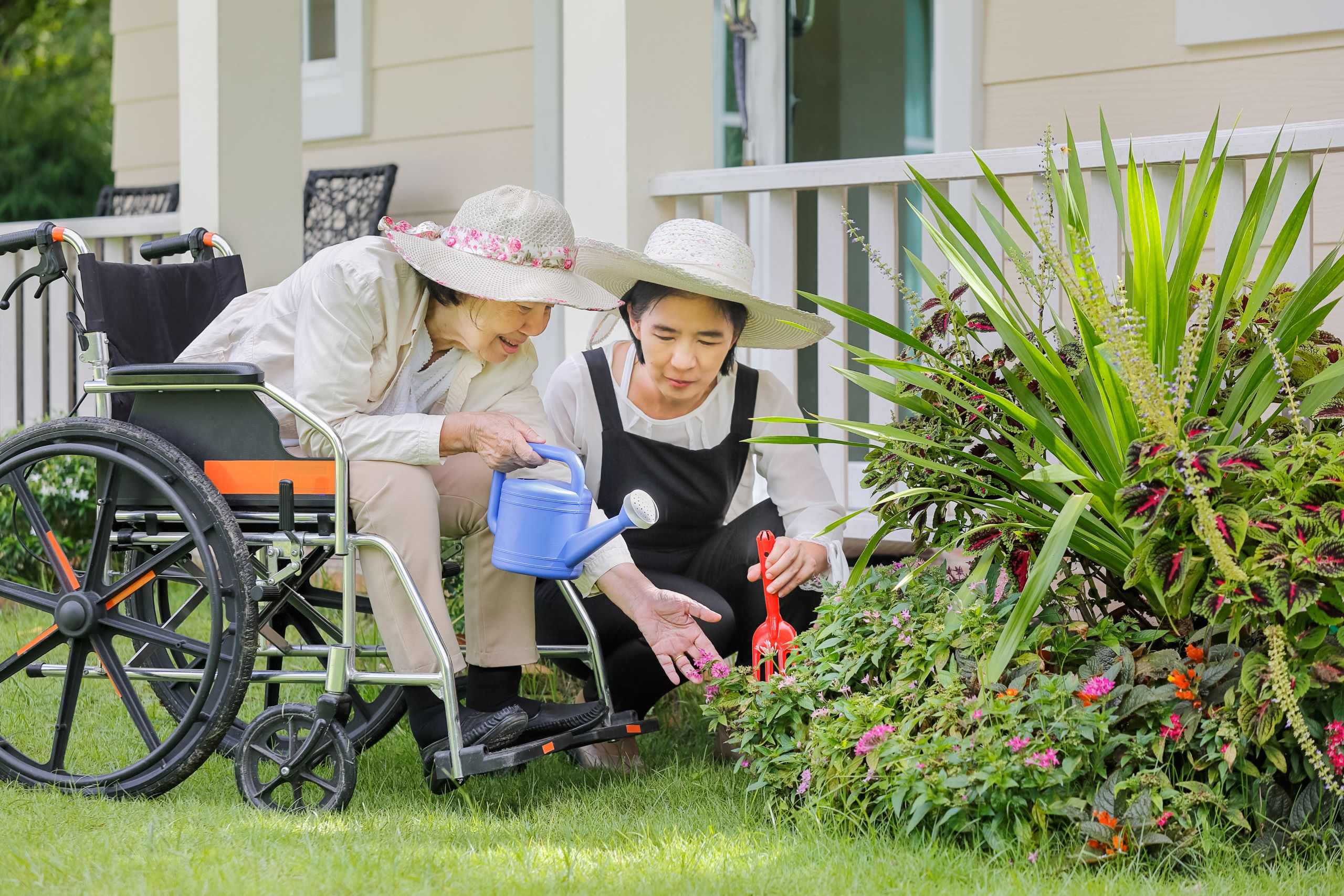
Caring for an aging adult who wishes to age in place, meaning remaining in their home as they grow older, involves a comprehensive approach that includes adapting the living environment, ensuring proper healthcare, and providing daily living assistance as needed. Here are the recommended steps, tools, safety measures, and resources:
Steps to Prepare for Aging in Place
- Assess Needs and Abilities: Regularly evaluate the physical, medical, and emotional needs of the aging adult. Consider mobility, cognitive function, and any chronic conditions that might affect their ability to live independently.
- Modify the Home Environment:
- Mobility and Access: Install ramps for steps, grab bars in bathrooms, and stairlifts if necessary.
- Fall Prevention: Remove loose rugs, clear pathways, and improve lighting throughout the home.
- Emergency Preparedness: Install emergency response systems or use wearable emergency call buttons.
- Healthcare Management:
- Medication Management: Use pill organizers and reminders to ensure medications are taken correctly.
- Regular Check-ups: Schedule consistent medical, vision, and dental check-ups.
- Home Health Services: If necessary, arrange for home health aides or nursing care.
- Daily Living Assistance:
- Meal Preparation: Set up meal delivery services or have a caregiver help with cooking.
- Transportation: Arrange for transportation services for seniors or help them with access to public transportation options that accommodate the elderly.
- Social Engagement: Encourage participation in community activities or senior centers to prevent isolation.
- Financial and Legal Planning:
- Budgeting for Care: Plan for potential costs associated with home modifications, healthcare, and daily assistance.
- Legal Affairs: Ensure all legal documents are up-to-date, including wills, advance directives, and power of attorney.
Tools and Equipment
- Adaptive Tools for Daily Tasks: Ergonomic utensils, easy-to-handle grooming tools, and simplified technology devices.
- Safety and Monitoring Devices: Medical alert systems, motion sensors, and video monitoring for security and safety.
- Assistive Mobility Devices: Walkers, wheelchairs, and scooters customized to fit the home and individual’s mobility needs.
Safety Measures
- Regular Safety Audits: Regularly check the home for hazards and make necessary modifications.
- Community Emergency Services: Register with local emergency services for quick response in case of a health emergency.
- Fire Safety: Install smoke detectors and fire extinguishers, and ensure the aging adult knows the emergency evacuation plan.
Resources
- Aging-in-Place Specialists: Professionals who specialize in home modifications for the elderly.
- Local Senior Services: Contact local government or community organizations for resources specific to aging adults.
- Online Resources:
- National Institute on Aging (NIA)
- AARP’s HomeFit Guide
- Eldercare Locator, a public service of the U.S. Administration on Aging
https://eldercare.acl.gov/Public/Index.aspx
By addressing these areas, you can help ensure that aging adults live safely and comfortably in their own homes for as long as possible.
– Cửu Nhật –
